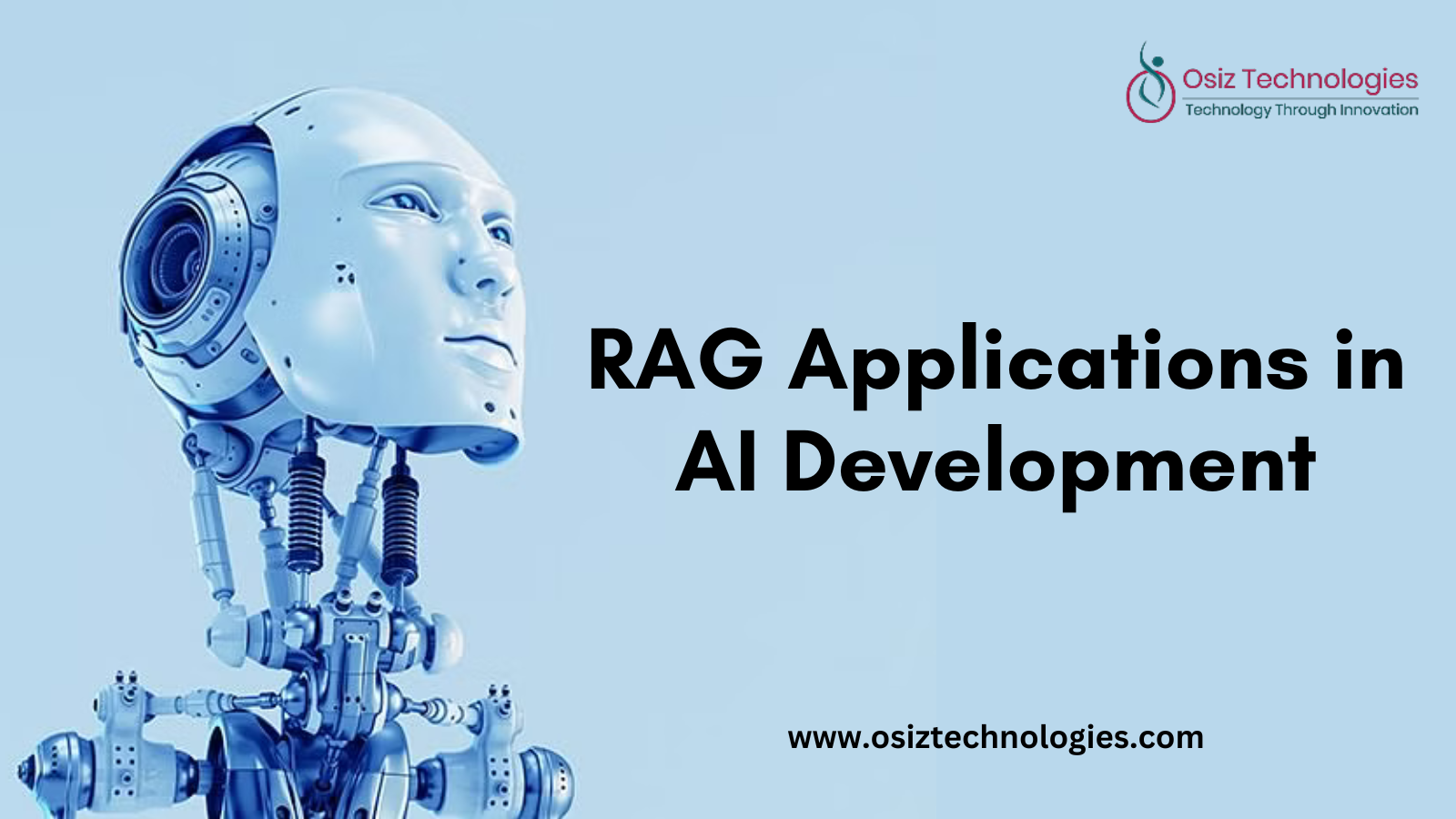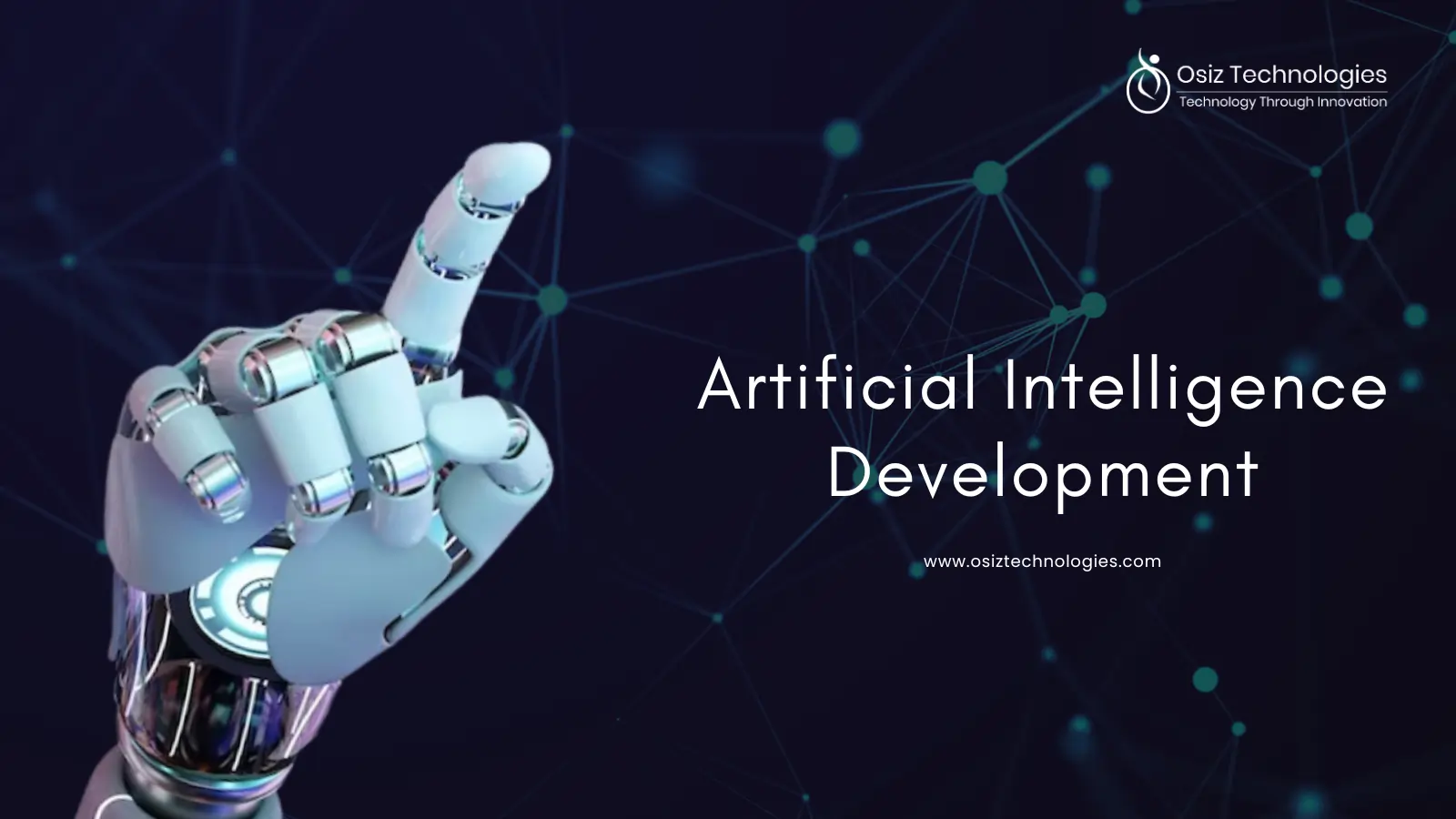Retrieval Augmented Generation (RAG) in AI
RAG is a cutting-edge artificial intelligence approach that improves LLM performance. Its main objective is to increase the quality, relevance, and accuracy of the replies produced by LLMs without requiring the model to be retrained. Being the most renowned AI development company, the constraints of classic models in combining domain-specific information and real-time data are addressed by RAG applications in artificial intelligence. With the help of this creative method, AI systems can now generate outputs that are more precise, pertinent, and context-aware, increasing their effectiveness and adaptability to a wider range of applications. Simply put RAG applications in AI enable the LLM to "consult" the extra data to improve the formulation of its response.
3 Essential Components of RAG
Retrieval, Augmentation, and Generation are the three main components that cover RAG in AI in its most basic form. These essential elements of RAG for AI development solve LMM's shortcomings and provide enterprises with many advantages.
Retrieval Mechanism: RAG searches a wide range of data sources, such as documents, proprietary databases, and the Internet, for pertinent information.
Process of Augmentation: The model adds context, prior knowledge, and other elements to the obtained data to improve its usefulness and relevance.
Generation Model: The AI RAG generates outputs based on the updated dataset, which helps LLM produce content that is more accurate and contextually aware.
Advantages of RAG in AI
Decision Support Enhanced: RAG applications in AI enhance decision support by realizing real-time data-driven insights that facilitate the ability to make more accurate and informed choices.
Bias Mitigation: Biased reduction in AI models, through integration with diverse datasets within RAG frameworks, results in unbiased and more equilibrated outputs.
Time Efficiency: In applications involving RAG, AI takes minimal time to process large volumes of data. Thus, it drastically reduces the time taken for analysis and decision-making.
Better Knowledge Management: The RAG systems allow the capability for knowledge management to be done effectively through the speedy capture and retrieval of relevant information, ensuring accessibility and actionability of data.
Customized User Experience: RAG-powered AI personalizes user experience with dynamic adaptation of content and recommendations based on real-time data and user preference.
Use Cases of RAG in AI
Open-Domain QA Systems: RAG makes AI proficient at responding to open-domain queries by gathering pertinent information from a wide range of sources and incorporating it into answers.
Multiple-Hop Reasoning: AI development using RAG allows the model to reason in several hops, which is useful for jobs like procedural text production and sophisticated quality assurance.
Legal Research and Compliance: RAG models help legal professionals find and analyze relevant statutes, case laws, and regulatory data, which speeds up the research process.
Customer support and Chatbots: RAG in AI gathers and combines particular data from knowledge sources or frequently asked questions to provide precise and beneficial answers to customer queries.
Medical Diagnosis and Decision Support: RAG models assist in retrieving and combining patient data, clinical recommendations, and the most recent medical literature in the healthcare field.
Semantic Comprehension in Document Analysis: By incorporating external data sources that offer context, RAG applications in AI improve the semantic understanding of documents.
Why Choose Osiz for RAG in AI Development?
Osiz, a reputable AI development company, uses RAG to produce the most advanced AI solutions. Our proficiencies in the integration of state-of-the-art technologies like RAG and Transformers into AI models mean your enterprise will surely remain in front of the pack in the current technological era. Output from our cutting-edge methodology will be more exact, and contextually relevant, and could very well be revolutionary in some sectors that include but are not limited to education, healthcare, finance, legal, customer support, and more.
Listen To The Article










